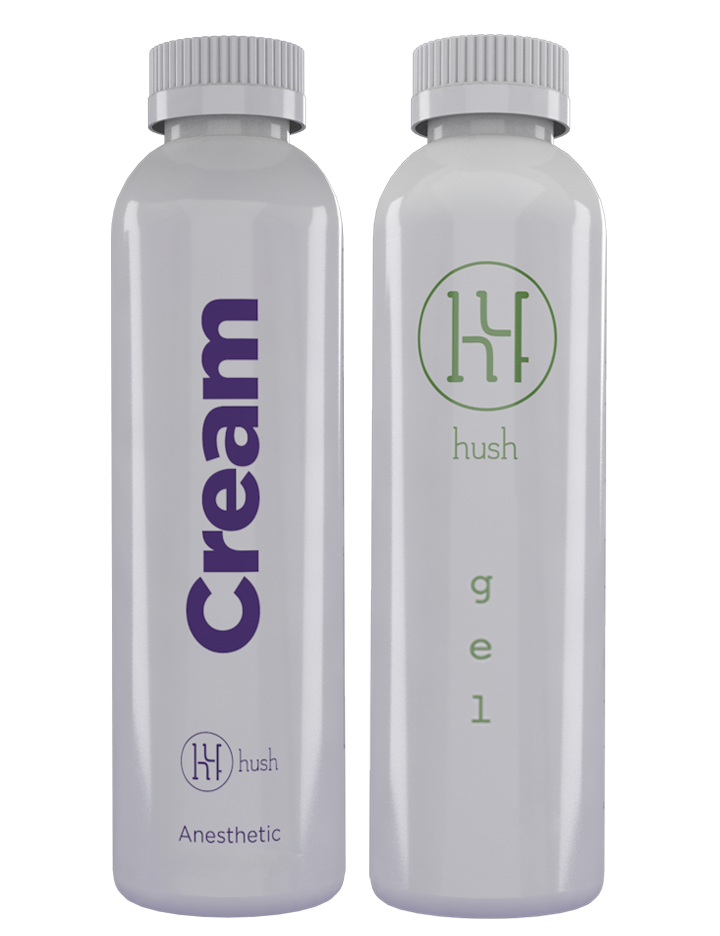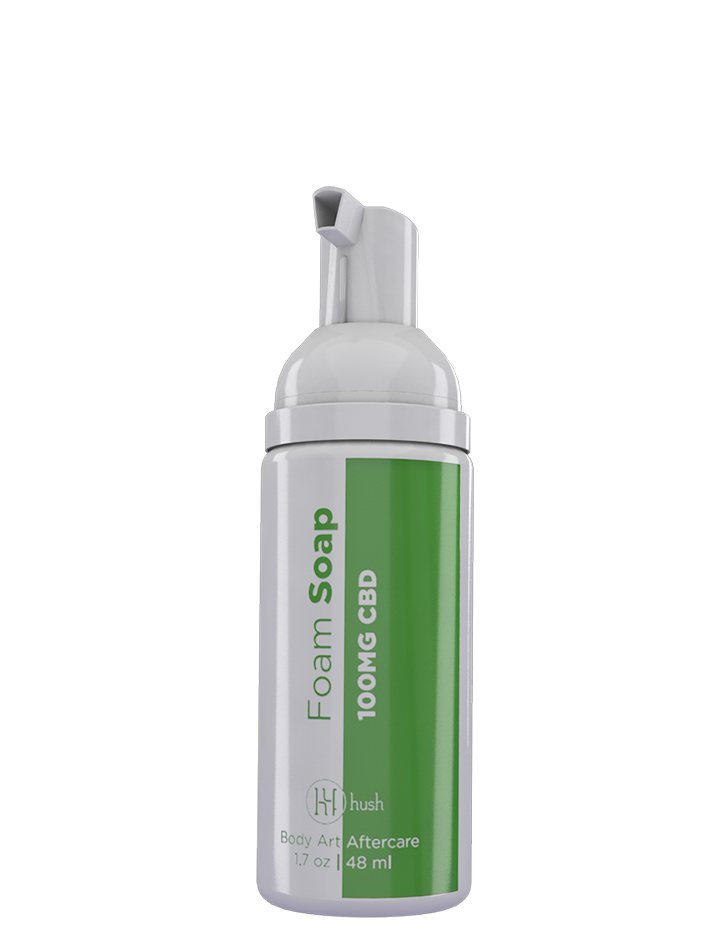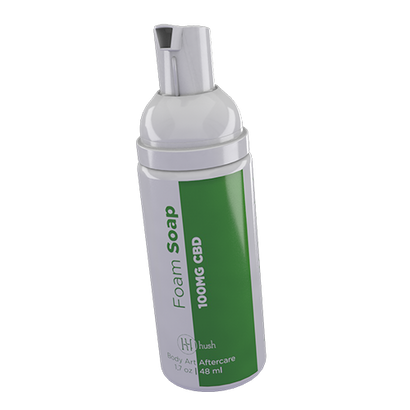
$175
If you’re jumping in with both feet and planning a tattoo sleeve, you have a lot of things to think about. You want to love your sleeve forever. You will want to be mindful when choosing a design, style, and sleeve type.
Before you book an appointment with your tattoo artist, here’s what to consider when contemplating your sleeve tattoo. Take your time and make sure you fall in love with your idea.
Types of Sleeve Tattoos

There are two ways to approach tattoo sleeve designs. Depending on how committed you are or how complex your design idea is, you’ll want to choose a size that best represents your vision.
Don’t go too big if your idea would look better in a smaller space, and don’t go too small if your tattoo artist could really use the room to work in detail.
Full Sleeve Tattoo
A full-sleeve tattoo runs from your shoulder to your wrist. They’re usually done over several sessions. Full sleeves are rarely “one” tattoo, but there are exceptions. With some styles of art, like Japanese tattoos, the arm sleeve may read as your entire arm being one piece of cohesive art.
Japanese traditional tattoo art can incorporate eye-catching koi fish swimming through a scene or ornate arrangements of cherry blossoms that occupy a large space.
Most of the time, a full-sleeve arm tattoo is a collection of related tattoos and elements that blend well together. They’re usually based on a specific theme, like rose tattoos or animal tattoos. An artist may add small embellishments or a watercolor tattoo background to hold the individual elements together.
Half Sleeve Tattoo
Half-sleeve tattoos are tattoos that cover the entire upper arm or the entire lower arm. Most of the time, full-sleeve tattoos start as half-sleeve tattoos. Most people will pick a theme for their upper arm and decide to continue that theme down the rest of their arm.
Half-sleeve tattoos are great for portrait sleeves. They give the artist enough room to work with detailed realistic tattoo designs, but they aren’t so big that you and your artist will struggle to find a creative way to fill in the rest of the space.
Leg Sleeve Tattoo
Tattoos that cover the whole leg, the entire upper leg, or the entire lower leg are called leg sleeves. They follow the same strategic design principles of full or half-sleeve tattoos, but they’re implemented on your leg rather than your arm.
Leg sleeve tattoos are excellent for people who don’t want visible tattoos at work. If you wear pants in a professional setting, you’ll be able to get a very large tattoo (or a lot of small tattoos) and keep them incognito when you’re feeling like a pro.
Sleeve Tattoo Ideas

If you’re contemplating a sleeve tattoo, you probably already have a few good ideas. Here are some simple design concept basics to help you get those ideas out of your head and onto your skin.
Sticking to a Pattern
You’ll see a lot of tribal tattoos, geometric tattoos, Maori motifs, Celtic knots, Viking art, mandala art, and similar complex linework designs as sleeve tattoos. In many cases, these designs are created to complement the anatomy of your arm.
Bodybuilders and people who regularly work out can use these designs to enhance the appearance of the bicep and tricep muscles. If you’ve had a longstanding lifetime commitment to maintaining muscle, these intricate pattern tattoo designs will probably hold up very well for you.
Working Within a Single Art Style
Choosing an art style for your sleeve rather than a singular design will give you options. You can build it piece by piece, and it will all work cohesively. Using the same colors (or all blank ink) and the same art style will give a group of small to medium size tattoos a common thread.
This is the best way to go if you’re starting with a half sleeve and may decide to expand your sleeve later. It also gives you a lot of creative freedom.
If you want a wolf tattoo and a dragon tattoo, they may not ordinarily go well together. If you have them both designed by the same artist in the same tattoo style, they’ll still mesh well despite their differences.
You can also choose a single design element with a lot of variations. If you want a clock sleeve tattoo, you can get dozens of different types of clocks. It’s clear that a pocket watch, a grandfather clock, and a vintage bell alarm clock all have something in common, even if you don’t normally see them together.
Keeping a Theme
It’s a good idea to devote your sleeve to a concept rather than one large design. If you want a nature-themed sleeve, you can incorporate trees, flowers, mountains, butterflies, and the moon into the same sleeve without creating an overall aesthetic that looks too crowded or busy.
Each individual piece will work together to tell the same story, giving you some flexibility and freedom with the design elements you choose.
Go With a Patchwork Sleeve
Going patchwork is the best choice for someone who can’t commit to a single idea or theme. A patchwork sleeve is a bunch of unrelated tattoos, usually in simple linework or black and white, that fit next to each other.
They often don’t have anything to do with each other. The way they fit on your arm like patches makes each small tattoo come together like a sleeve.
What Should I Consider About Sleeve Tattoos?

Sleeve tattoos are a pretty big deal. They have many more implications than a small tattoo in an inconspicuous place. You won’t be able to easily hide your sleeve tattoo, especially in the summer when a jacket is out of the question.
We know you’re excited to get your tattoo, but it’s worth the wait if you wind up with a sleeve you love more than you could have imagined.
Consider the Longevity of Your Design
You should never get a sleeve tattoo just for the sake of getting one. When you’re planning your sleeve tattoo, take your time. Think about how much you love a design or a style of art.
Sleeve tattoos are almost impossible to cover up. They’re very big and often very densely packed with ink. Your artist won’t have a lot of options if you change your mind.
You’ll either have to begin the process of removing your tattoo with a laser or opt for a blackout tattoo. Blackout tattoos can be beautiful works of art in their own right, but they’re also a huge commitment. There’s no way to be subtle about a blackout tattoo.
Choose the Right Tattoo Artist
It’s good to choose a tattoo artist that’s consistent with the quality and style of their tattoos, and you need to be willing to commit to that artist for as long as it takes to complete your sleeve. You don’t want one artist to pick up where another artist left off unless that was always the plan.
If you switch artists in the middle of your sleeve, you may wind up with noticeable artistic inconsistencies. But maybe that’s the vibe!
Choose an artist who will help you design and plan your entire sleeve. Even if you do it slowly and make minor changes along the way, it’s better to have a solid plan from the beginning than to wing it and wind up unhappy.
Aftercare Can Be Intense
Your sleeve takes up a lot of space, and the tattoo aftercare process will be much more involved. A tattoo is an open wound for the first few weeks; if you got a lot of your sleeve work done in one session, that’s a really big wound.
You need to ensure you’re properly caring for every inch of that tattoo, or you can seriously damage it. If you pick a scabby spot or let a small area get infected, the integrity of the whole tattoo is damaged. Resist the itch.
Always abide by your tattoo artist’s aftercare advice down to the letter. If you have any questions or concerns, your tattoo artist would always prefer you call them. They don’t want to see your tattoo get ruined.
Are You Ready To Commit to a Tattoo Sleeve?
When you’ve settled on a sleeve tattoo design and found an artist you’re excited to work with, we at HUSH are here to help you get through the session. Big tattoos can hurt a lot, but they don’t have to.
HUSH Numbing Cream can help you knock out a long session on your sleeve tattoo. Use it as a part of your tattoo prep process to take the edge off your body art experience.
Sources:
Japanese Tattoo | Kyoto Journal
Tattoo Infection: Signs, Causes, Treatment & Prevention | Cleveland Clinic






